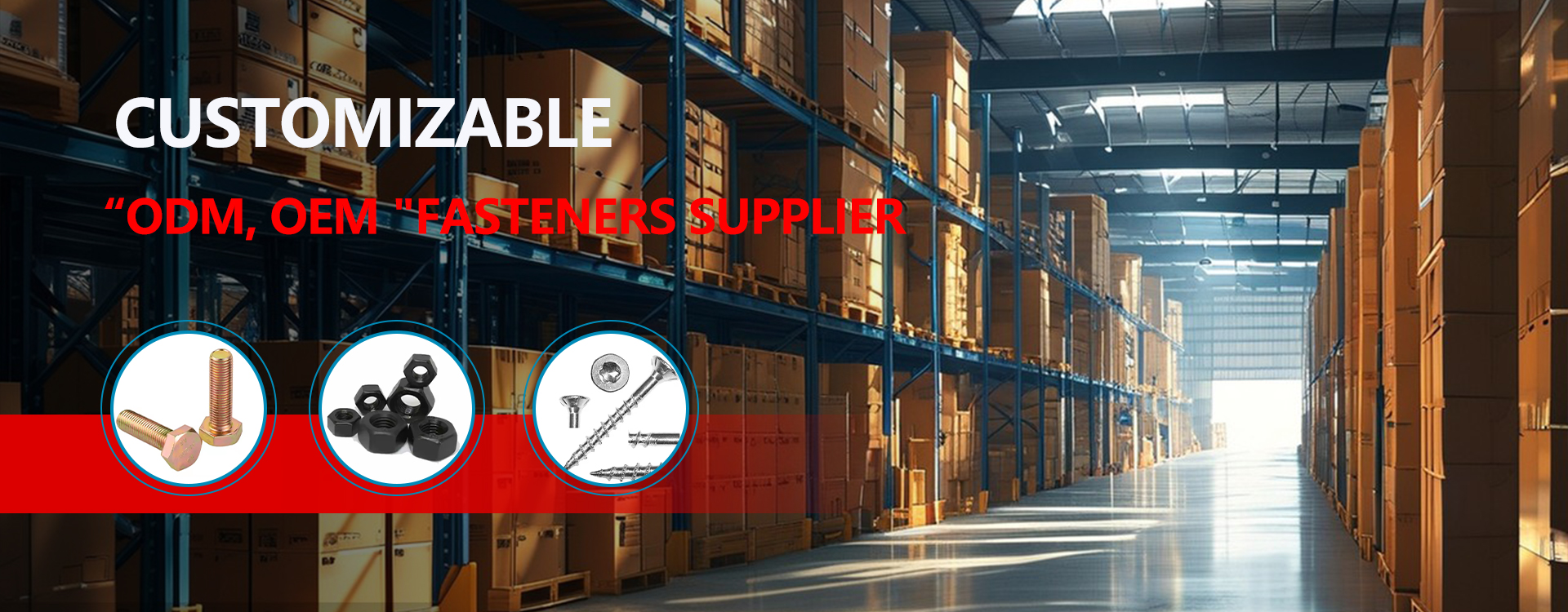

This guide provides a step-by-step approach to securely fastening drywall to metal studs, covering essential tools, techniques, and considerations for a professional-looking and long-lasting finish. Learn how to choose the right fasteners, prepare your surfaces, and avoid common mistakes. We'll explore various scenarios and offer solutions to ensure your drywall installation is both robust and aesthetically pleasing.
Metal studs come in various gauges (thickness) and profiles. Thinner gauges are generally less robust but suitable for non-load-bearing walls. Knowing the gauge of your studs is crucial for selecting the appropriate screw drywall to metal studs. Consult the manufacturer's specifications if unsure.
Drywall thickness (typically ? inch or ? inch) impacts screw selection and penetration depth. Thicker drywall requires longer screws to ensure proper fastening. Consider the type of drywall as well; moisture-resistant drywall is often used in bathrooms and kitchens.
For screw drywall to metal studs, self-tapping screws are essential. These screws are designed to pierce both the drywall and the metal stud without pre-drilling. Common options include:
Screw length depends on the drywall thickness and the stud depth. A general rule of thumb is to ensure the screw extends approximately ? inch into the stud. The screw gauge (diameter) should be appropriate for the type of drywall and stud; thinner screws might not provide sufficient holding power.
| Drywall Thickness | Recommended Screw Length (inches) | Screw Type Suggestion |
|---|---|---|
| ? inch | 1 inch | Drywall screw |
| ? inch | 1 ? inch | Drywall screw |
Ensure your metal studs are properly spaced and plumb. Any unevenness in the studs will create issues with a smooth drywall finish.
After screw drywall to metal studs, fill screw holes with spackle, sand smooth, and prime before painting for a seamless finish.
If you encounter a stripped screw hole, use a slightly larger screw or a drywall anchor to secure the drywall.
Address unevenness by using shims to ensure proper alignment before screwing. Uneven areas can be filled with spackle after fixing.
Always follow local building codes and regulations for drywall installation. For large or complex projects, consult a qualified contractor. Remember, proper preparation and using the right tools and techniques are key to achieving a professional-looking and durable result. Sourcing high-quality materials from reputable suppliers such as Hebei Muyi Import&Export Trading Co.,Ltd can make a difference in your project's success.
This detailed guide assists in properly fastening drywall to metal studs. Remember always to prioritize safety and use the correct tools and materials. For further questions or concerns, consult a professional contractor.

Please enter your email address and we will reply to your email.